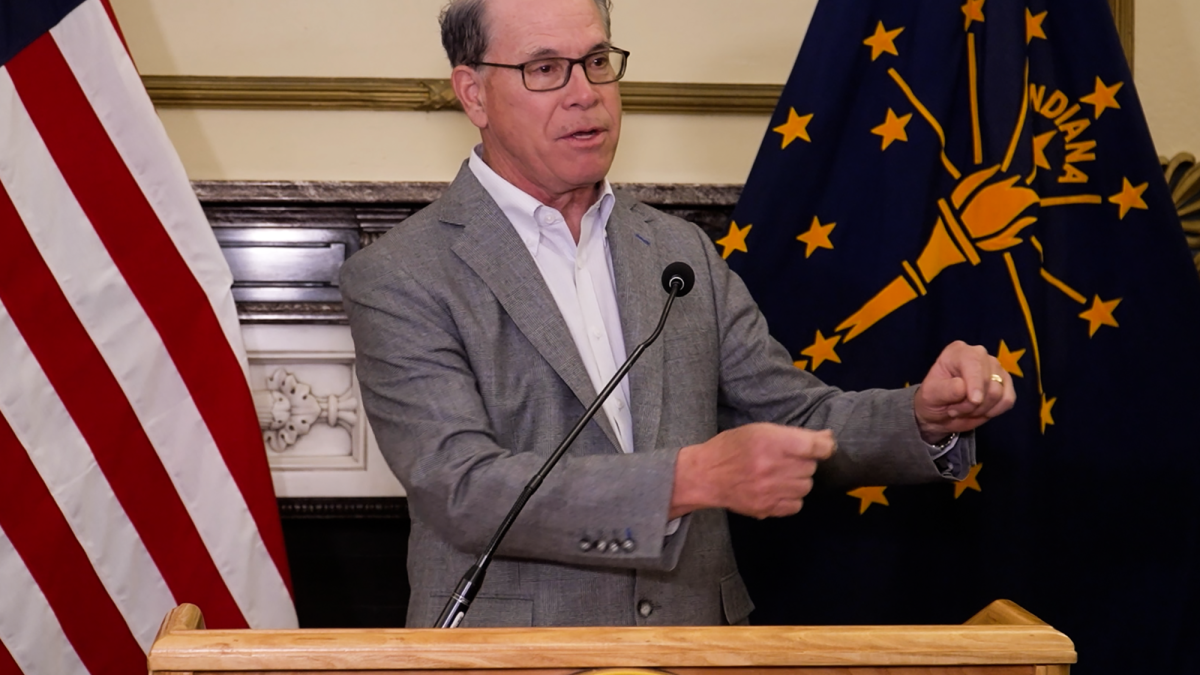Green Highways in Concrete Jungles: How Wildlife Paths Are Battling Climate Crisis

Imagine a city where nature weaves seamlessly through urban landscapes, creating vibrant pathways of greenery that connect ecosystems and breathe life into concrete environments. These are green corridors, also known as ecological corridors - dynamic strips of vegetation and natural terrain that serve as critical lifelines for urban biodiversity.
More than just scenic routes, green corridors are strategic networks that enable wildlife to move safely between fragmented habitats. They act like natural highways, allowing plants and animals to migrate, interact, and maintain genetic diversity in increasingly urbanized spaces. These green pathways not only support ecological health but also provide numerous benefits to city dwellers.
From providing cooling effects and reducing urban heat islands to improving air quality and offering recreational spaces, green corridors transform urban environments. They create interconnected green spaces that support local wildlife, enhance biodiversity, and offer residents a refreshing connection to nature. By carefully designing these ecological networks, cities can create more sustainable, resilient, and livable urban ecosystems that harmonize human development with natural processes.








